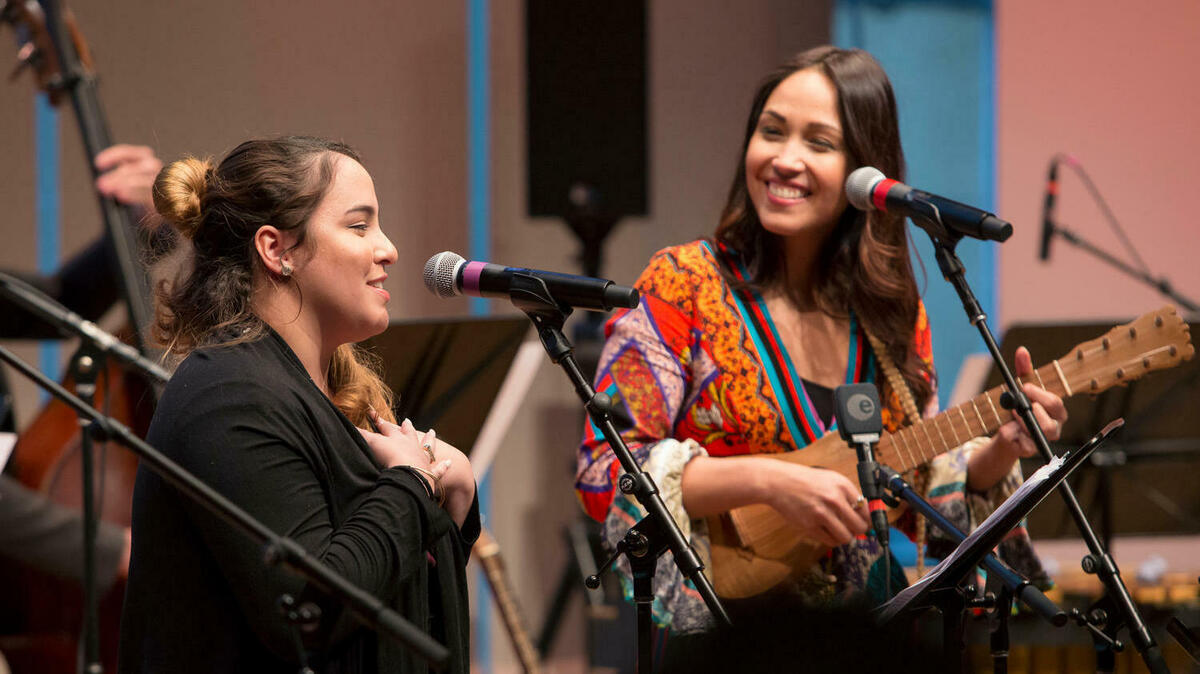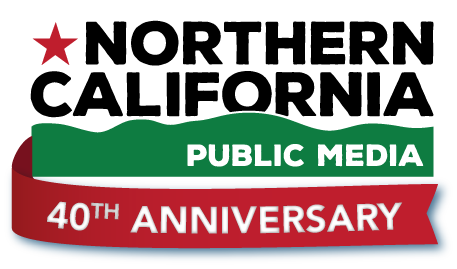
Ruby, songwriter of "Canción Para Mady" and Sonia De Los Santos Jennifer Taylor hide caption

Ruby, songwriter of "Canción Para Mady" and Sonia De Los Santos
Jennifer TaylorLullabies. We all know one. Whether we were sung one as a baby or now sing one to our own children. Often, they're used to help babies gently fall asleep. But lullabies can be more than that. They can be used to soothe, to comfort, and to make children feels closer to their parents and vice versa.
We hear from Tiffany Ortiz, director of early-childhood programs at Carnegie Hall, about their Lullaby Project, which pairs parents with professional musicians to write personal lullabies for their babies. Also NPR's Elissa Nadworny takes a look at a program inside a South Carolina prison that helps incarcerated mothers write lullabies for their kids. And NPR's Selena Simmons-Duffin examines the science behind a good lullaby.
Email us at
This episode was produced by Marc Rivers and Gabriel Sanchez. It was edited by Adam Raney. Our executive producer is Sami Yenigun.

 Live Radio
Live Radio